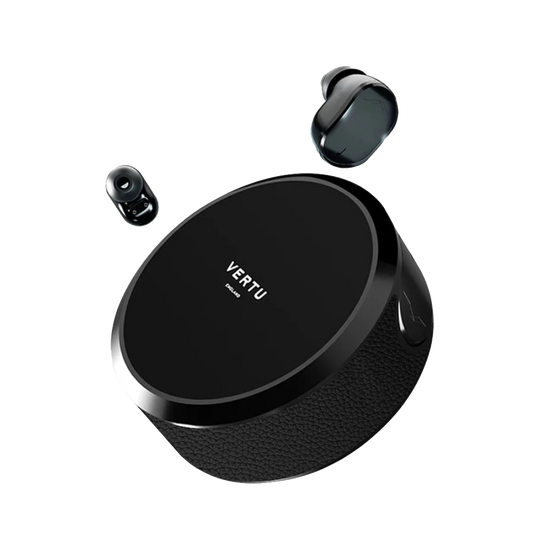
Did Tag Heuer Kill Their Own Brand?
Did Tag Heuer Kill Their Own Brand?
Introduction
Heritage, craftsmanship, and timeless appeal have long defined the luxury watch industry, with Tag Heuer standing as a titan known for innovation and quality. However, recent moves by the company have sparked debates among watch enthusiasts and industry experts, leading to the question: Did Tag Heuer kill their brand?
The Rise of Tag Heuer
Tag Heuer, established in 1860 in Switzerland, has been a pioneer in chronographs and dashboard instruments for motor sports. The mid-20th century saw their rise with iconic designs like the Octavia (1962) and the Carrera (1963), inspired by motorsports. Under Jack Heuer's leadership, they were part of the race to create the first automatic chronograph in the late 1960s, leading to the launch of their automatic Chronos in 1969.
The Shift in the '70s and '80s
The '70s brought a wave of timepieces, especially from Japan, challenging traditional brands like Heuer. The industry shrank by 60% in a decade, forcing Heuer to adapt by introducing digital and quartz models. In 1985, Heuer was acquired by Techniques d'Avant Garde, becoming Tag Heuer, and shifted towards more fashion-oriented pieces, moving away from their classic mid-20th-century style.
The LVMH Era
In 1999, LVMH acquired Tag Heuer, further commercializing the brand and expanding its product range. Models like the Aquaracer became popular, but the brand faced setbacks, such as the controversy over the similarities between their 1887 movement and a Seiko caliber.
The 2010s: A Period of Change
The 2010s saw Tag Heuer focusing more on enthusiast appeal and in-house movements, like the Caliber 02 introduced in 2016. However, the brand also ventured into smartwatches, a move that traditional Heuer enthusiasts viewed with less enthusiasm.
The Competitive Landscape
The watch industry saw shifts with brands like Longines, Breitling, Omega, Rolex, and newcomers like Tudor reshaping market shares. Independent brands like Oris, Nomos, Bell & Ross, Zenith, and others expanded, offering new options to consumers.
Tag Heuer's Current Position
Tag Heuer's journey into smartwatches was seen as a gamble, potentially shaking up their luxury image. The brand faced the challenge of balancing innovation with maintaining its heritage. Celebrity collaborations made the brand more visible but raised concerns about diluting its exclusivity.
Conclusion
Tag Heuer's recent history shows the difficulty luxury brands face in navigating a changing world while keeping their core identity. Whether Tag Heuer's bold moves were genius or a turning point in their history remains a topic of debate. Only time will tell if these choices will secure Tag Heuer's legacy or mark a significant shift in its history.
(video from: https://youtu.be/egQB5pCD3YI)





















No comments